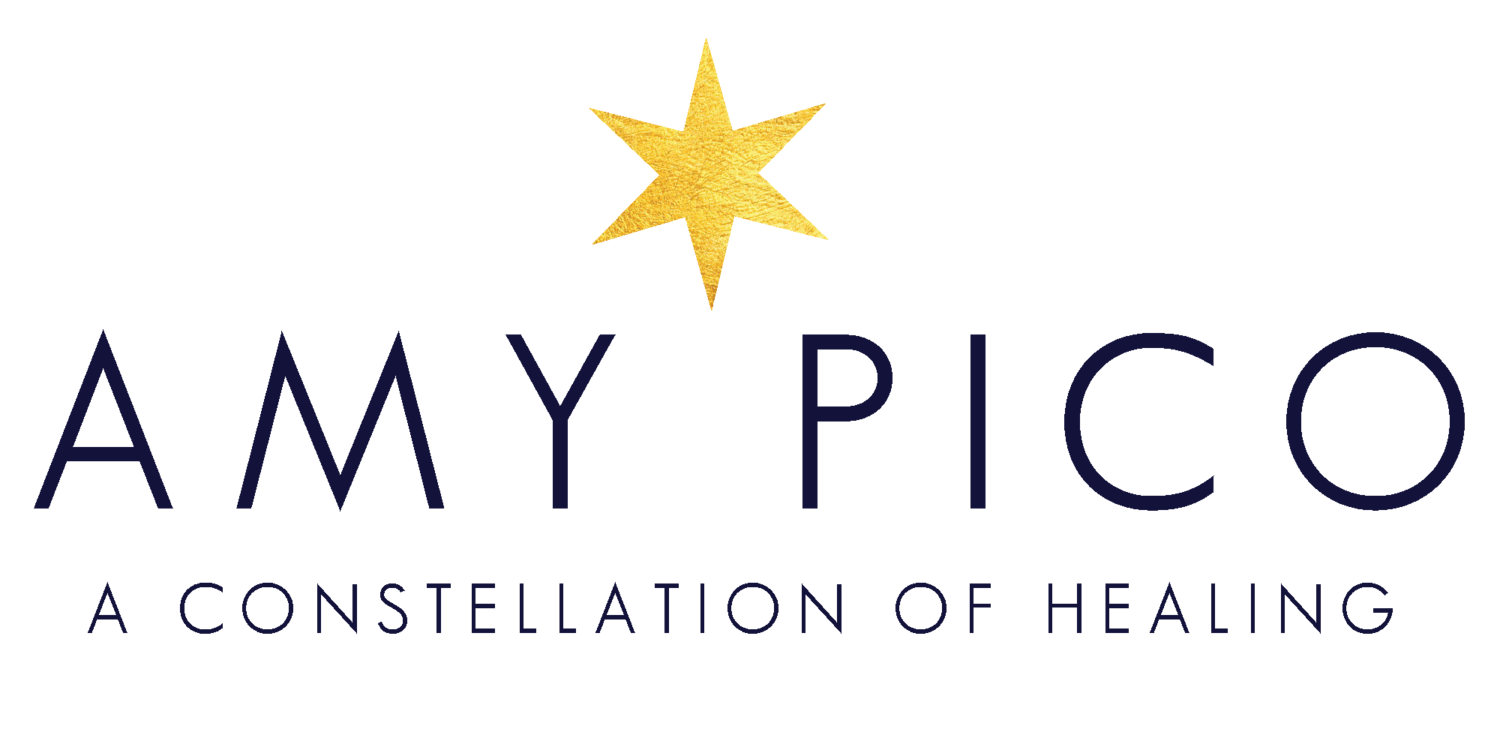My last blog post began a series on twenty years as a professional counselor. In the first four years, I was working in substance abuse facilities, getting my independent license, and realizing that a traditional full-time counseling job was burning me out. I began to exit my full-time job and build a bridge to full-time private practice. By the summer of 2008, I found a part-time counseling job at a DUI center, which could help build my job bridge. I also joined a private practice group to develop my caseload while learning how to do insurance credentialing for the practice. My third part-time job was at the local school district as a coordinator for the district-wide mentoring program. In my free time, I was also a dog sitter. By the fall, I had quit my full-time job. These part-time jobs were my bridge to a better professional future. I was running around from one job to the next, and this feeling of freedom and mobility encouraged and energized me to keep focusing on building my skills for private practice. Despite my varying work schedule, I enjoyed the variety of experiences I had.
After a semester at the school district, I let the job go due to ongoing scheduling conflicts. I picked up weekend work at the local psychiatric hospital as an admissions counselor, another growth edge in learning to use my skills for people in crisis. This season was about building a foundation for more professional freedom. I was connecting with other therapists doing private practice on the side and discovered a colleague who wanted to branch out and start a group practice. My growing skill set in insurance credentialing helped me feel empowered to join my colleague in their group practice, and another colleague joined us from the psychiatric hospital.
Starting a private practice takes lots of work and collaboration. By the summer of 2009, we had secured office space and began seeing clients. We were excited about the new endeavor and pooled our professional connections to market our practice in the old-fashioned way. While social media existed, we weren't using them for marketing purposes. In the previous two years, I had also undergone some personal transitions that had changed my associations with my family and spiritual beliefs. I was already living with my boyfriend and attending Al-Anon meetings for ongoing support and to establish a new community outside Christianity.
By this time, I had been feeling stuck with several clients in private practice. I could see how their struggles with chronic anxiety, depression, or substance abuse affected their lives. While I would be empathetic, validate, and provide coping skills, my efforts felt futile in the face of chronic distress and disease. Even traditional cognitive behavioral therapy didn't make a dent in relieving clients' symptoms.
I attended a seminar in the first group practice held by a colleague specializing in trauma. They were talking about Eye Movement Desensitization and Reprocessing and its effectiveness in relieving trauma, chronic anxiety, depression, and even substance abuse. The talk made me curious about this modality, and I quickly referred one of my clients to this therapist. My colleague was gracious to allow me to observe the EMDR session they did with my client, and from that point on, I knew trauma was to be my area of specialty.
I quickly started researching EMDR training and found one in the fall of 2009 while building my caseload at the new group practice. The two-part EMDR training involves practicing the experiential modality on each other in triads. The training was my first exposure to the power of this modality to clear trauma from the mind and body. I distinctly remember my back being damp with sweat after I processed a trauma during the training. I was physically and emotionally tired, but I also felt unburdened and more hopeful. I was ready to help facilitate this healing feeling with my clients in private practice.
In this season of building more freedom professionally, I was experiencing more freedom personally by discovering trauma therapy for myself. I had already returned to therapy since graduate school, mainly to help understand my chronic depression, and trauma helped to explain much of my symptoms that were cyclical. After building up my client schedule in the group practice for most of 2010 while also receiving more relief from my traumas, I let go of part-time jobs and felt more equipped as a professional and a person to continue in my career. Private practice gave me the freedom to take care of myself more often, and I was ready to keep growing and learning.
Next time, I will share how I reached another growth edge as a therapist, entrepreneur, and person as I specialized and branched out into my private practice while also becoming a stepparent.
